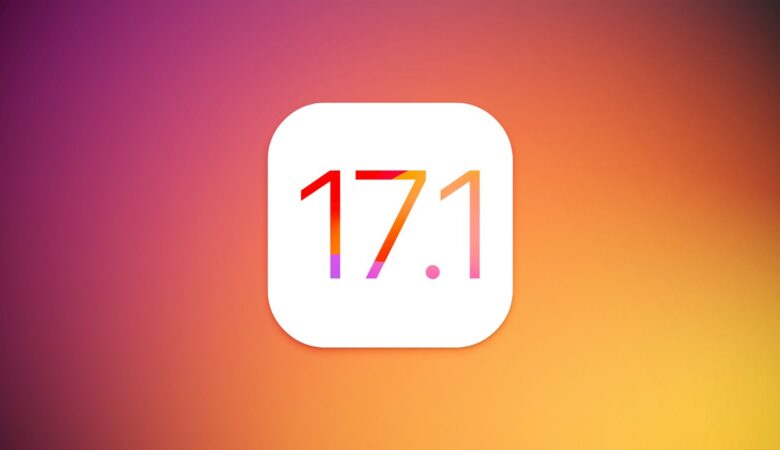“Even though we were telling a true crime story, I never felt like it had to be told in a documentary style,” says executive producer Tom Shankland of The Serpent, which is known for its seductive, decadent 1970s vibe.
Yes, psychopaths Charles Sobhraj and Marie-Andrée Leclerc were dangerous. The suave Frenchman murdered a slew of backpacking hippies in Thailand and Nepal in the 1970s, with his Quebecois accomplice assisting in the recruitment of possible victims. However, the pair possessed a unique sex appeal that aided them in luring certain victims.
Their true story is depicted in the Netflix and BBC series The Serpent, in which Tahar Rahim and Jenna Coleman play them as equal parts glamorous and terrifyingly amoral. Herman Knippenberg (Billy Howle), the upright Dutch diplomat on their tail, stands in stark contrast to Charles and Marie-Andrée.
The show’s seductive, decadent 1970s vibe is a big part of its appeal. “I never felt like it had to be in a documentary format, even though we were telling a true crime story,” said executive producer Tom Shankland, who also directed the first four episodes (he also directed the 2019 miniseries Les Misérables).
Nicolas Roeg’s films are a must-see
“I believe there are times when you want to abandon the strict rules of space and time and create a third thing, a strange, disorienting vortex into something horrible,” Shankland said. Nicolas Roeg, one of his favourite filmmakers, is an expert in this kind of brainy mind-scrambling. “It’s never just a script, it’s never just acting with him — it’s all about the weird impact of the editing, the odd shot choices that he makes,” Shankland said. “I love how a location’s location and texture can serve as a visual metaphor or a way to highlight an emotional subtext.”
Roeg’s presence can also be seen in The Serpent’s nonlinear plot, which jumps back and forth constantly. Shankland continued, “I loved his timeline montages in ‘Don’t Look Now’ and slightly out of reach editing in ‘Bad Timing.'” “I’m sure some of these were on my mind when we were filming and editing scenes like the horrific crimes in the Kathmandu valley in Episode 4,” says the director.
‘Tomorrow Never Knows’ by the Beatles
Shankland clarified that a montage in the fourth episode juxtaposing the killers revelling in their bad deeds and Knippenberg attempting to persuade the police to investigate was shot and edited to fit with Harry Nilsson’s “Jump Into the Fire.” He said, “I was desperately hoping we’d get the rights and gambling that the people with the chequebooks would fall in love with it.”
Though, as Shankland put it, “music is in the DNA of the show,” one song that does not appear looms over it: the Beatles’ “Tomorrow Never Knows” from 1966.






Leave a Reply
You must be logged in to post a comment.